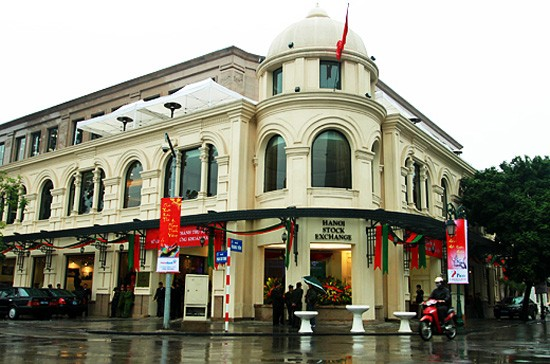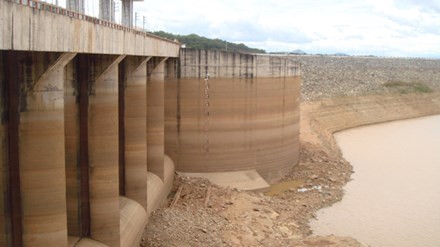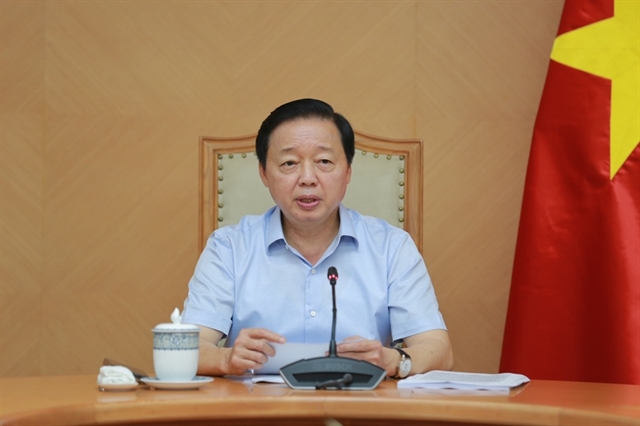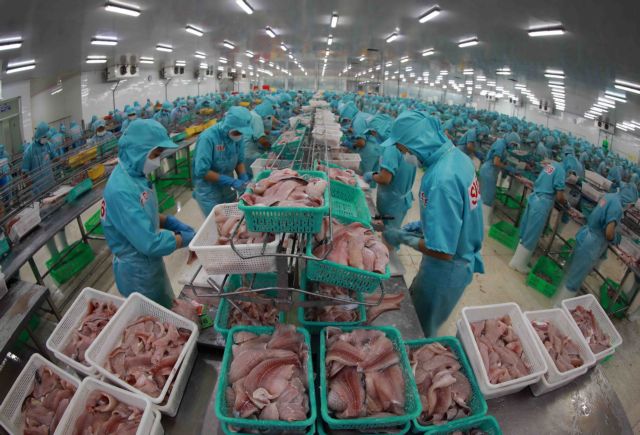 Economy
Economy

Gia Lai Electricity Joint Stock Company said four out of 14 hydroelectric plants under its management have stopped generating electricity because the water levels in almost reservoirs are at “dead level”, at which plants cannot operate.
 |
| The water flow running into the reservoirs in the region was too low, affecting electricity production in the region and irrigation. — Photo tienphong |
GIA LAI (VNS) — Gia Lai Electricity Joint Stock Company said four out of 14 hydroelectric plants under its management have stopped generating electricity because the water levels in several reservoirs are at “dead levels”, which means plants cannot operate.
The plants forced to halt production are Ia Đrăng 1, Ia Lốp, Ia Puch 3 and Ia Meur 3.
Other plants have had to cut production, running between two and three hours a day.
According to the Gia Lai Electricity Joint Stock Company, the company will examine and repair equipment with the plants are out of operation.
The company will also focus on dredging canals and spillways.
The water flow running into the reservoirs in the region was too low, affecting electricity production in the region and irrigation.
Most of the reservoirs have water levels five metres below the average volume in previous years. Some of them have been depleted, causing difficulties for the plants.
The plants have produced between 30 and 64 per cent of the electricity they produced in the same period last year.
Meanwhile, a report from the National Electricity Moderation Centre showed that 15 out of 51 plants left the competitive power generation market as of March 11. Hydropower plants have to prioritise to provide water for agricultural production and people’s lives in downstream areas.
Dozens of hydroelectric plants in the Central and Central Highlands regions, including those with large capacities such as Hàm Thuận and Buôn Tua Srah, have been running in moderation or have stopped generating electricity due to the drought.
The existing drought in the Central Highlands is expected to continue until June this year, so power generation will decrease even more as the water shortage continues. — VNS




